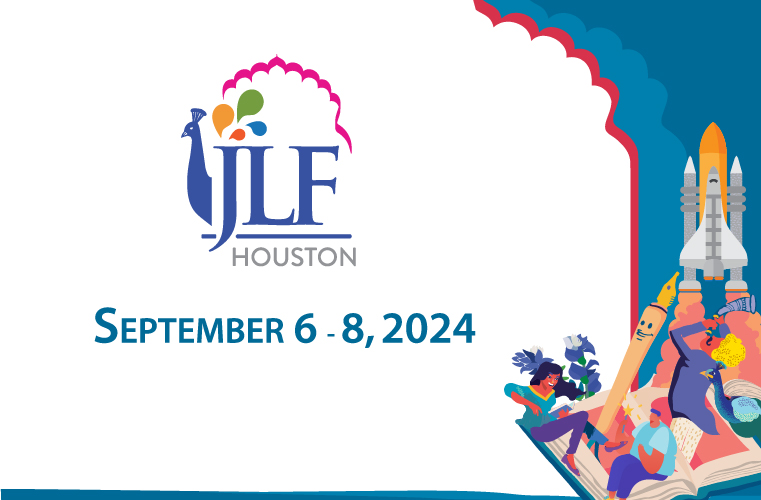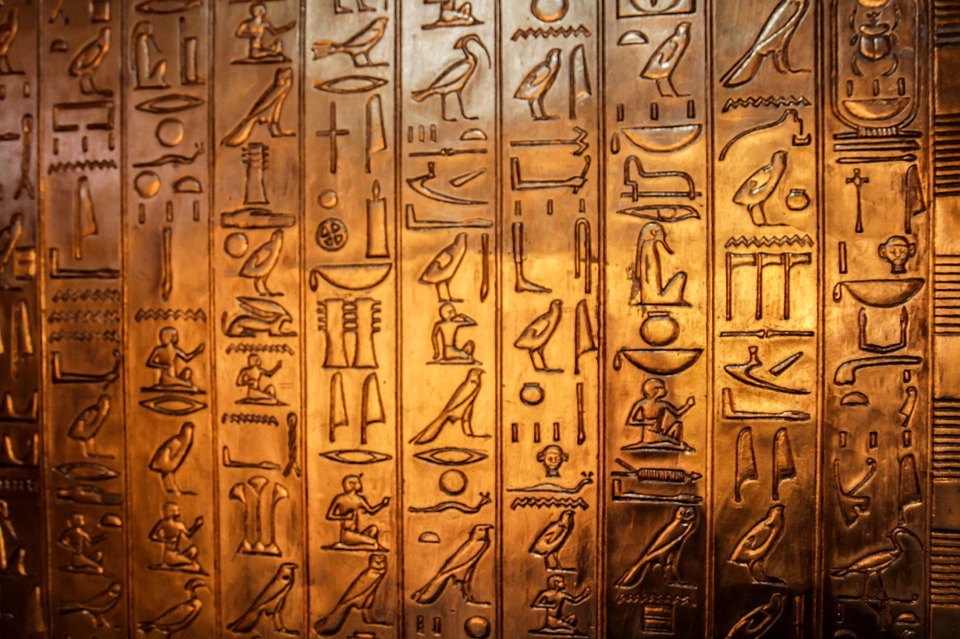


Coming Full Circle: From Hieroglyphs to Emojis
There is something about a script, no matter what language it may be in or region it may be from, that incites a feeling of romance, mystery, excitement and longing in me. They remind me of civilizations past,and new places and realities to be explored mentally and physically. From my childhood obsession with Ancient Egypt and hieroglyphs, my subconscious activity of checking street signs in Delhi to ensure they have English, Hindi, Urdu and Gurmukhi scripts, to my very specific oddity of always visually confusing Tamil and Thai scripts with each other, language and the written word have always woven themselves in and out of my daily life for as long as I can remember.
The journey of the written word is an ever-evolving and ever-unfolding one. From cave paintings and Japanese calligraphy to Devanagari and modern English cursive, script has culminated today in a digital and globally understandable, yet immensely less romantic, version of itself: the emoji. The emoji, Japanese for “picture” and “character”, developed in the country in the late 1990s by JPhone, a Japanese MNC, starting off as text-based emoticons to depict a smile, a sad face, anger, a wide grin, a heart and more, using basic punctuation.
Now, there is a plethora of messaging and communication that can be done without the use of a single English letter. Full sentences can be relayed using a few simple digital representations of the words one would want to use, with cellphones offering a range of emotions, objects, places, foods and locations to choose from. The saying “everyone smiles in the same language” can now be applied to the use of emojis as well, with actions, professions and activities being visually accepted across languages and borders (though I am not sure how comfortingit is that by using this same logic,“everyone eggplant-emoji’s in the same language” is also a widely understood sentence).
It only seems fit I write on the modern representation of writing by quoting the modern version of a poet, rapper Kanye West, who did make waves by revealing in an interview that his preferred mode of communication is sign language and emojis. He went on to say “I don’t think people are going to talk in the future,” he said. “They’re going to communicate through eye contact, body language, emojis, signs. Imagine that. If everyone was forced to learn sign language.”Initially met with slight ridicule, I believe his prediction has already stood true. Today’s digital age has instilled immediate gratification, fast-paced communication and tendency to minimise words to an emoji or two. A clapping emoji when someone tells you good news, a thumbs-up when someone lets you know they’re on their way and a balloon emoji for someone on their birthday. Any communication longer than a few sentences is seen as a laborious task to attend to.
Could the next step to connectbetween humans as predicted by Kanye, who is considered a visionary in his professional career, be communication in sign language? It seems all too familiar that we as a human race are back to speaking to each other using modern day cave-painting and may soon revert to grunts, hand gestures other Neanderthal forms of social navigation. As they say,

Leave a comment